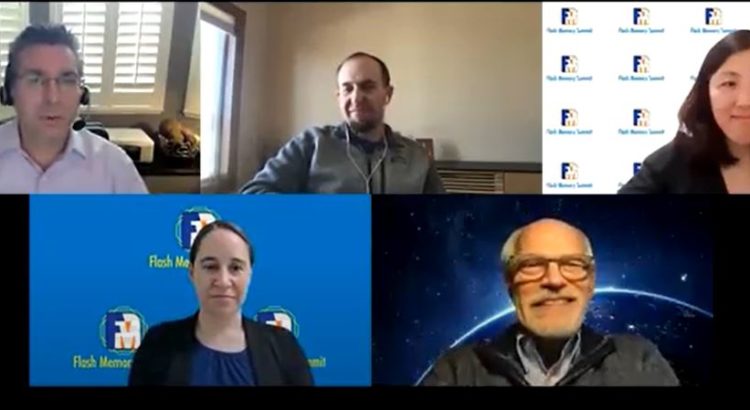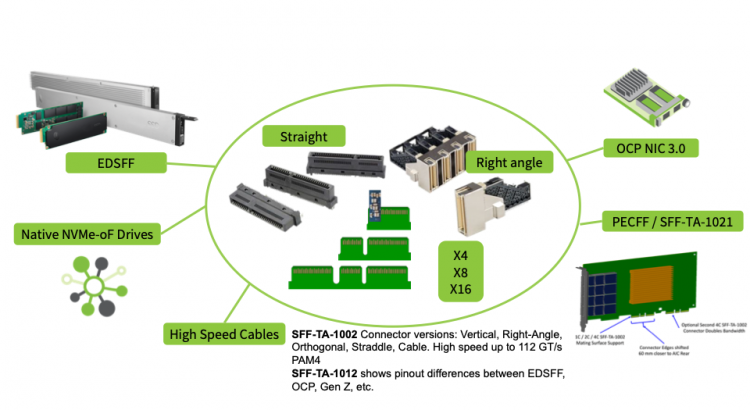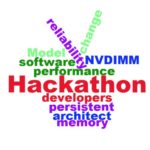2020 brought new developments in persistent memory and computational storage. SNIA Compute, Memory, and Storage Initiative was pleased to sponsor two tracks at the recent Flash Memory Summit where industry leaders captured the advances. Videos and presentations are now available.
In the Persistent Memory Track, Dave Eggleston of Intuitive Cognition Consulting and Chris Petersen of Facebook combine to deliver a state of the union address for the industry effort underway to deliver persistent memory. They examine industry advances of persistent memory media, the new devices and form factors for persistent memory attachment, remote and direct-attached PM with low latency interfaces like CXL, and describe the best fit applications and use cases for persistent memory.
Jia Shi of Oracle and Yao Yue of Twitter then dive into a rapid-fire presentation on two examples of how persistent memory is changing the landscape – in appliances, in infrastructure, and in applications – from the perspective of a social networking company and a cloud and enterprise software provider. They highlight the motivation for using persistent memory and the delivered results
Finally, Ginger Gilsdorf of Intel and Tom Coughlin of Coughlin Associates look ahead to how Persistent Memory technology is evolving, including maximizing performance in next-generation applications, and provide their perspective on PM market growth projections.
The track concludes with speakers reuniting in a panel to discuss the reasons that have stopped persistent memory from gaining wider usage and identifying breakthroughs that are beginning to appear.
The Computational Storage Track opens with an update by Chuck Sobey of Channel Science who discusses the shifting of compute power to the storage; use cases including database, big data, AI/ML, and edge applications; and how the framework for computational storage is driven by SNIA and the NVM Express standards groups.
Stephen Bates of Eideticom follows with an outline of the state of the nation in computational storage standards. He then describes computational storage examples already in use that illustrate ways storage challenges are being met, and comments on promising directions to explore for the future.
Andy Walls of IBM then discusses using computational storage to handle big data, allowing data to reside close to processing power, thus allowing processing tasks to be in-line with data accesses. He covers computational storage examples already in use for application distribution and other promising directions to explore for the future.
Neil Werdmuller and Jason Molgaard of Arm discuss flexible computational storage solutions, and how data-driven applications that benefit from database searches, data manipulation, and machine learning can perform better and be more scalable if developers add computation directly to storage.
A lively panel with Arm, Eideticom, NGD Systems, and ScaleFlux rounds out the track, discussing keys to making computational storage work in your applications.
Enjoy these presentations and contact us at askcmsi@snia.org with your questions and comments!









